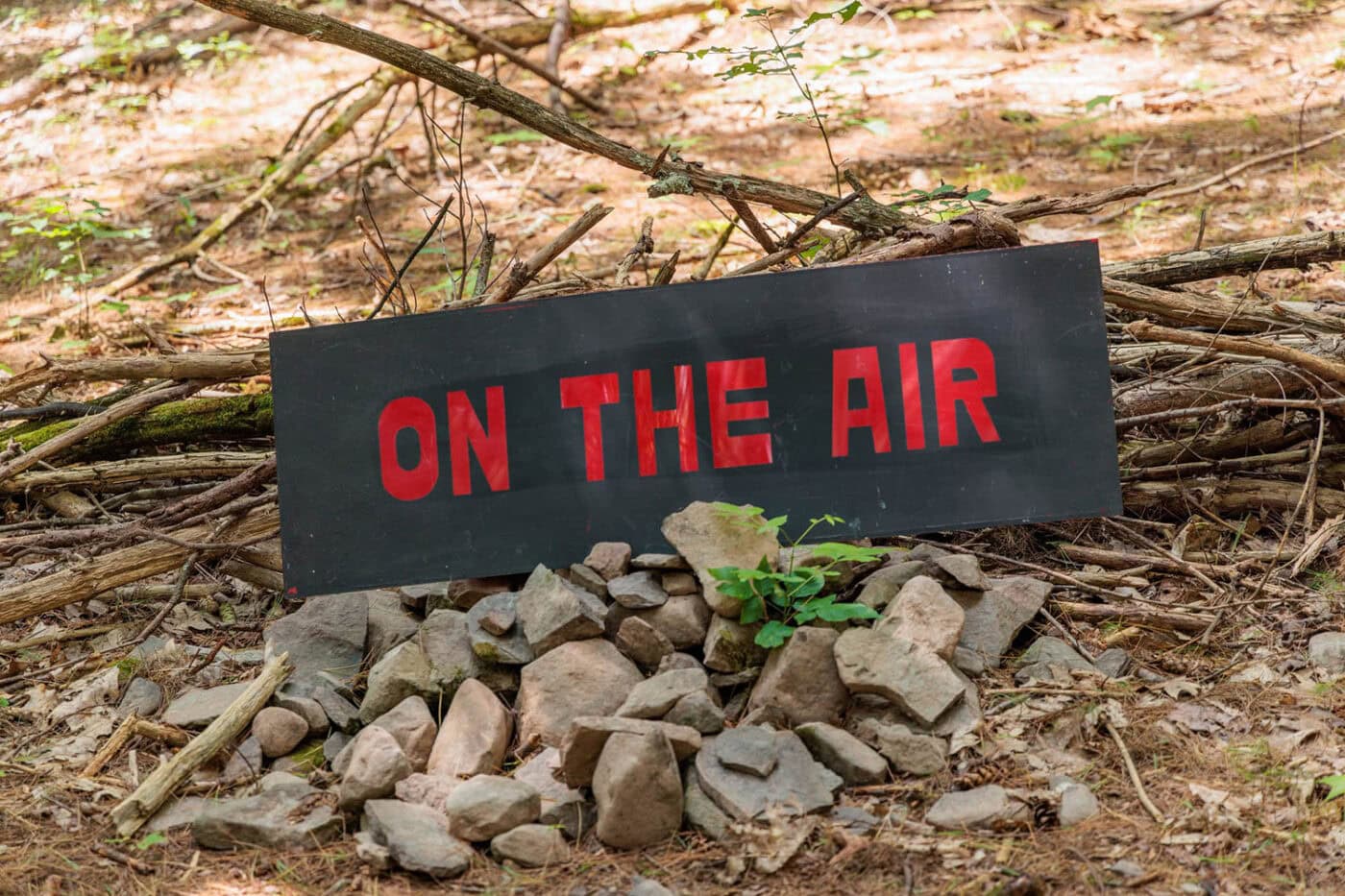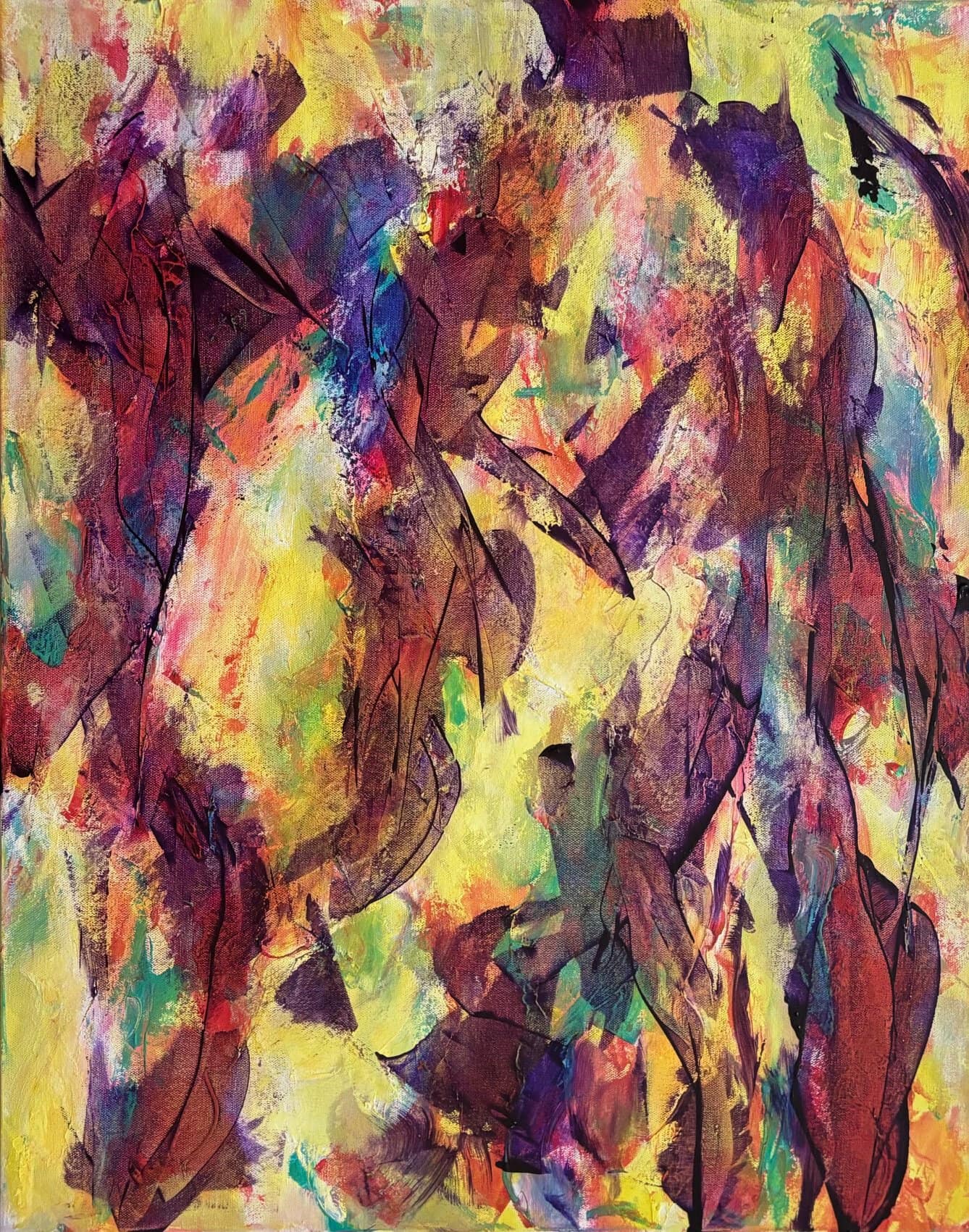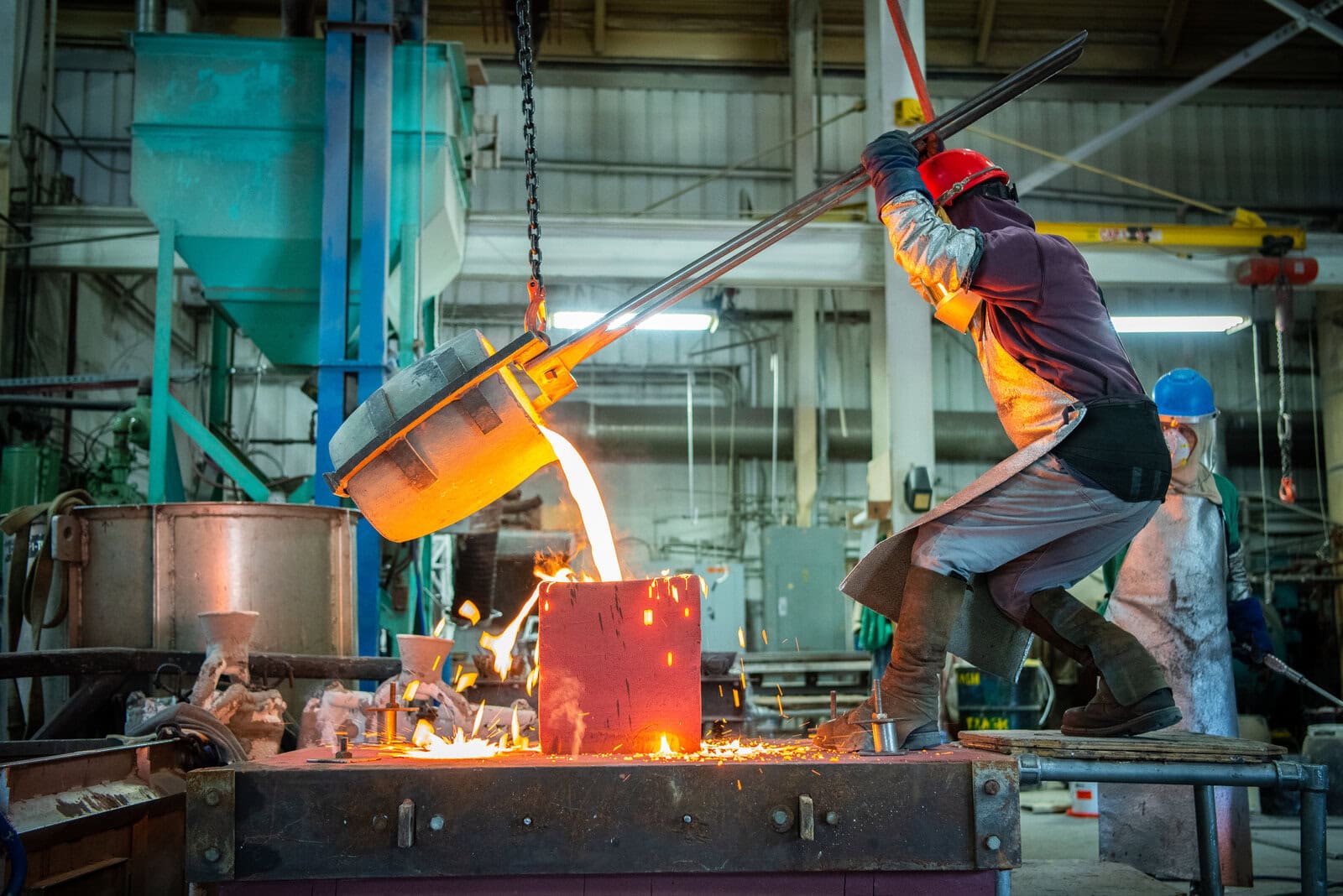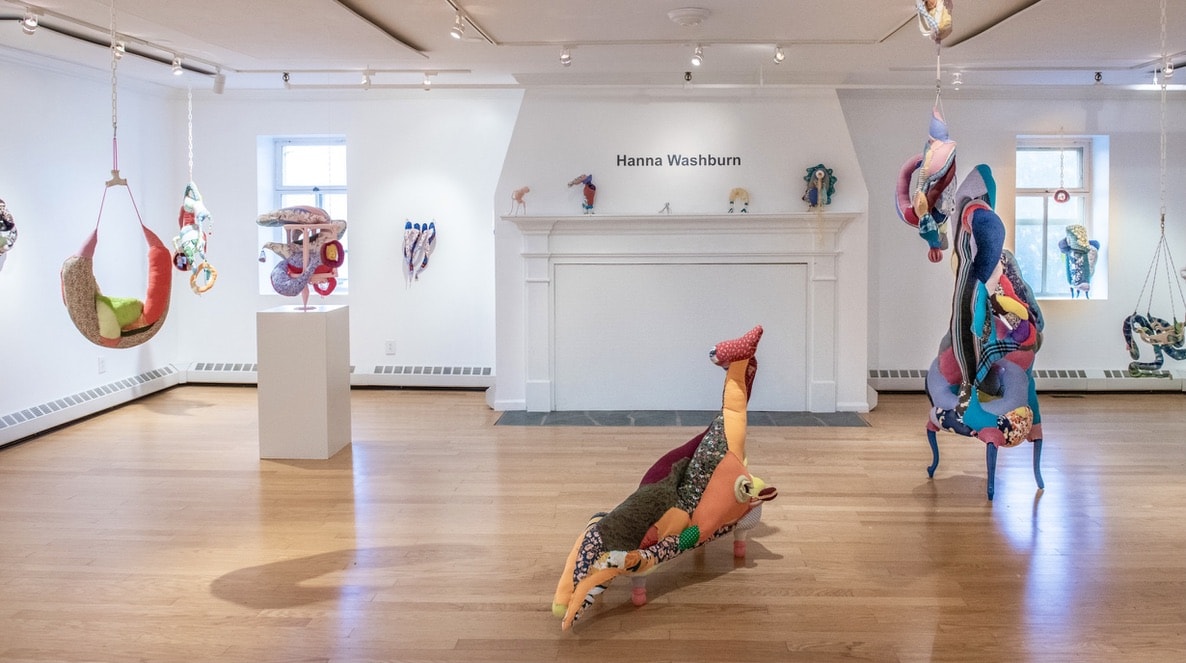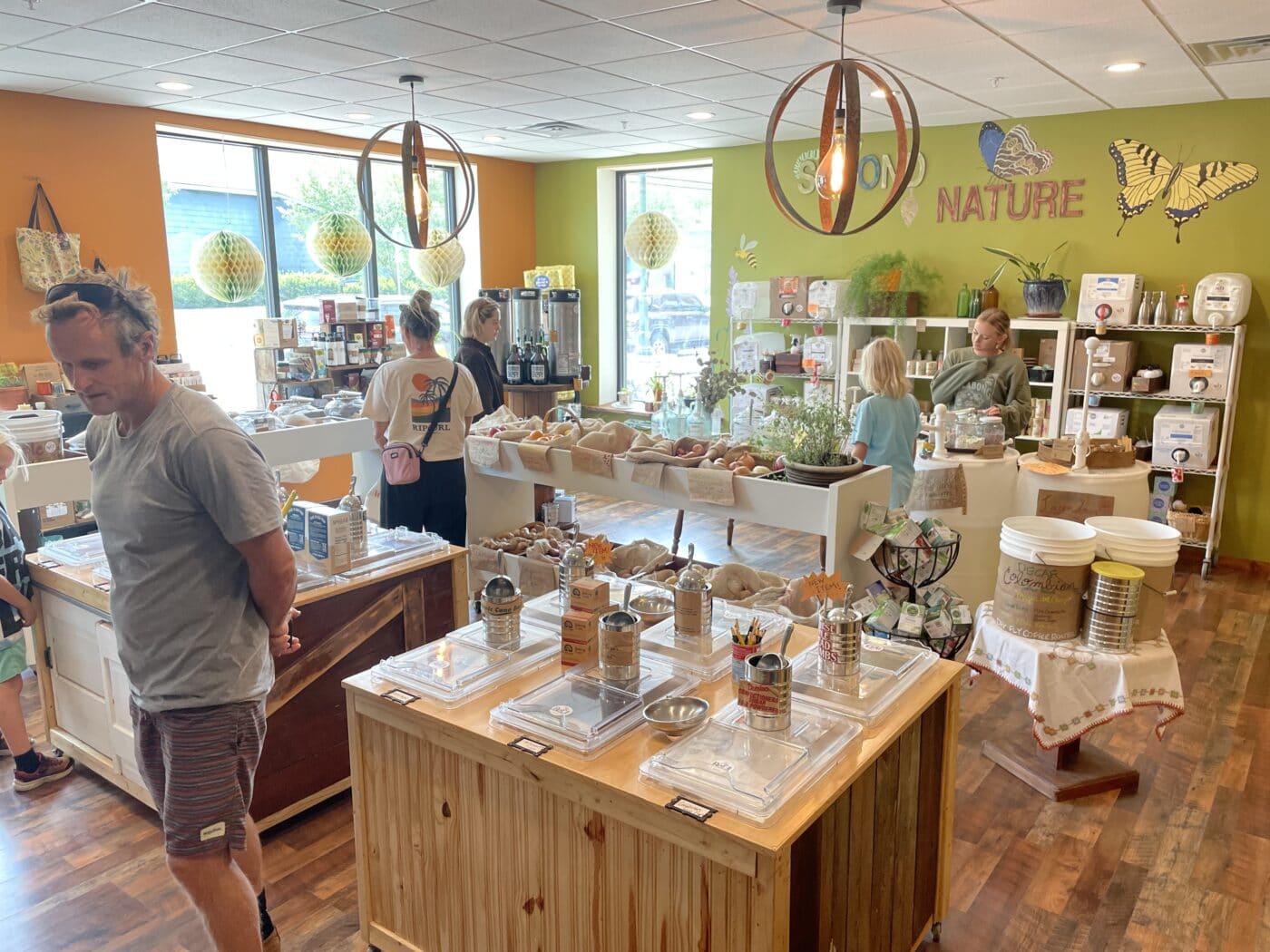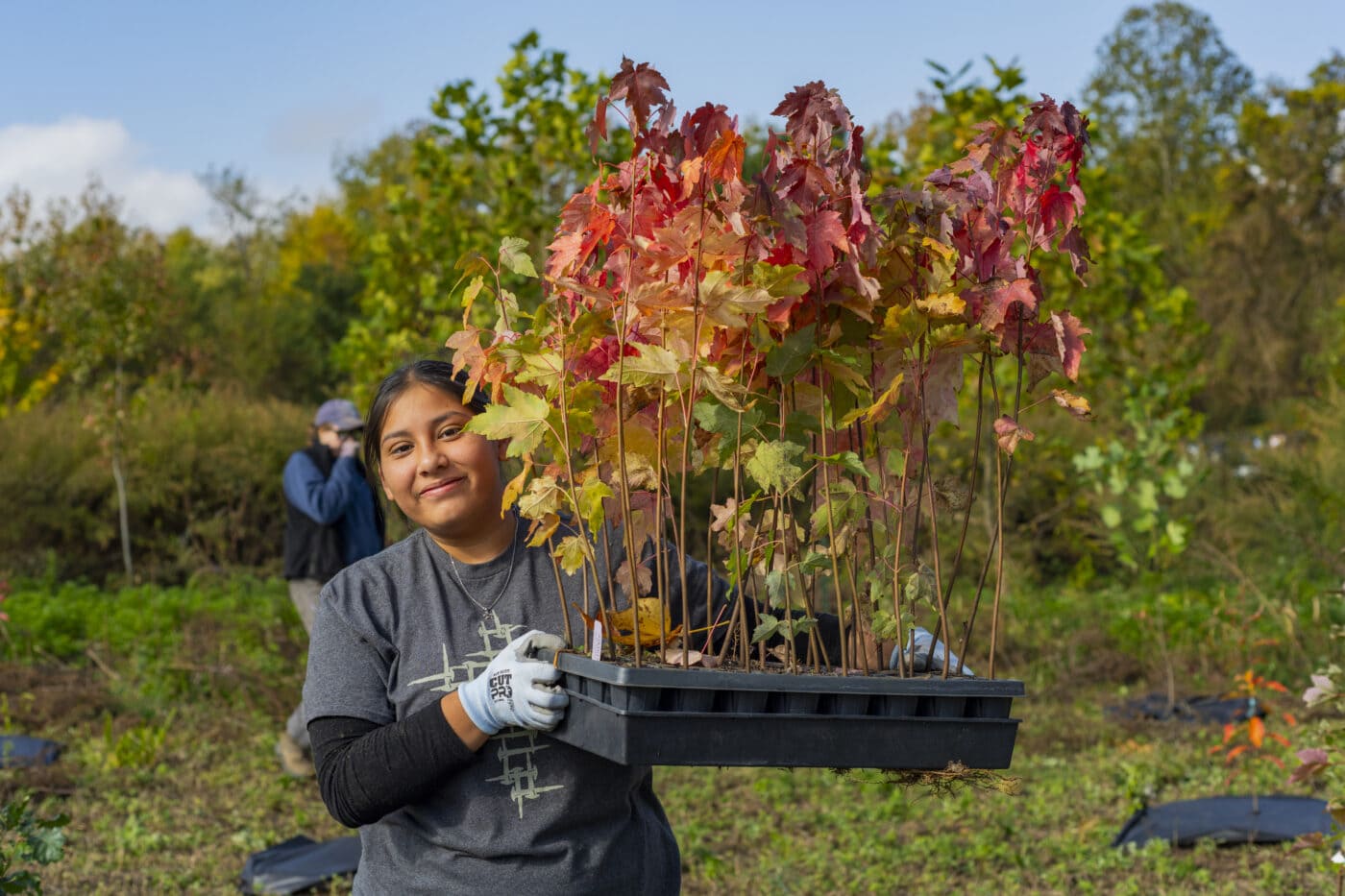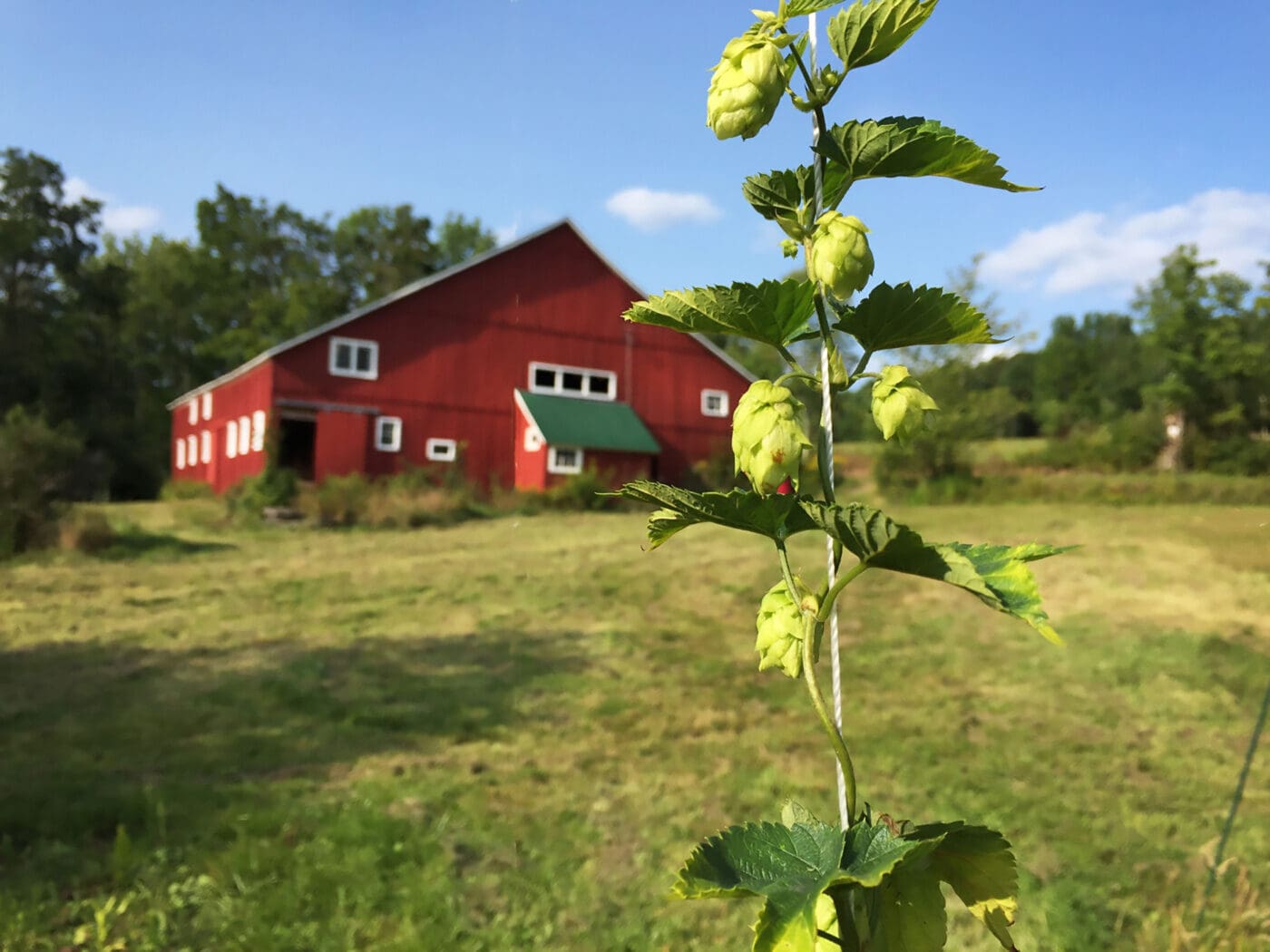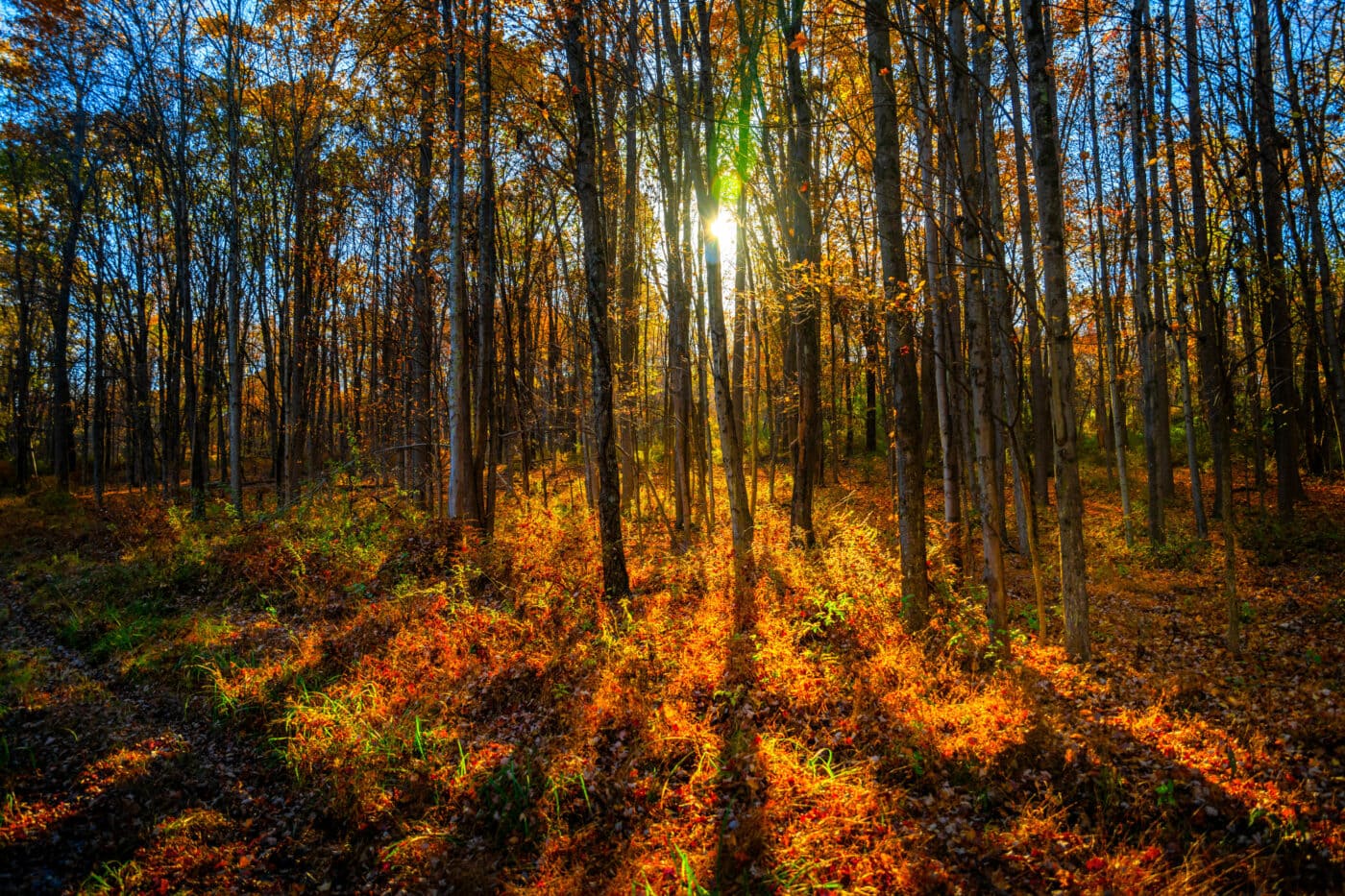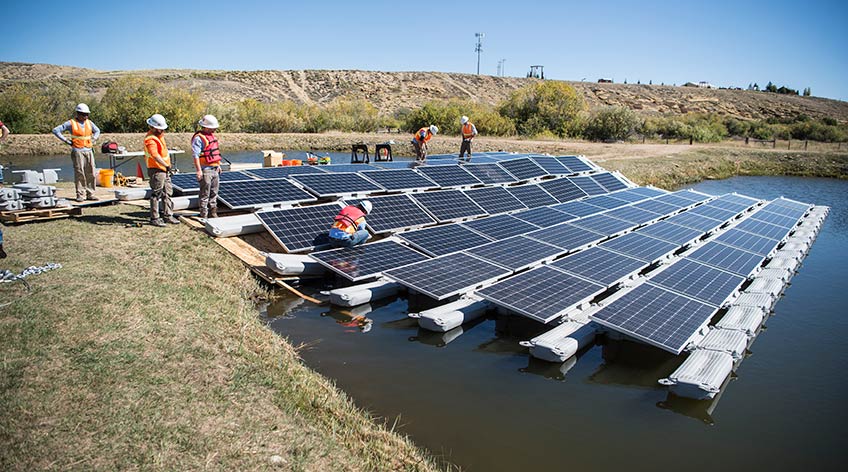Drive out to Acra in Greene County, and a narrow paved path on the side of Route 23 will lead you to a large, inconspicuous charcoal-grey building followed by a landscape of grasses, ponds, and woods. On this 29-acre plot of land lies Wave Farm, an art park and performance space dotted with various installations dedicated to the transmission arts.
Since its humble beginnings as a small audio collective in Brooklyn in 1997, and its eventual move to the Upper Hudson Valley back in 2004, Wave Farm has been inspiring visitors, locals, and artists from all over the world to discover the potential for ambient sounds and music to convey meaning and emotions.
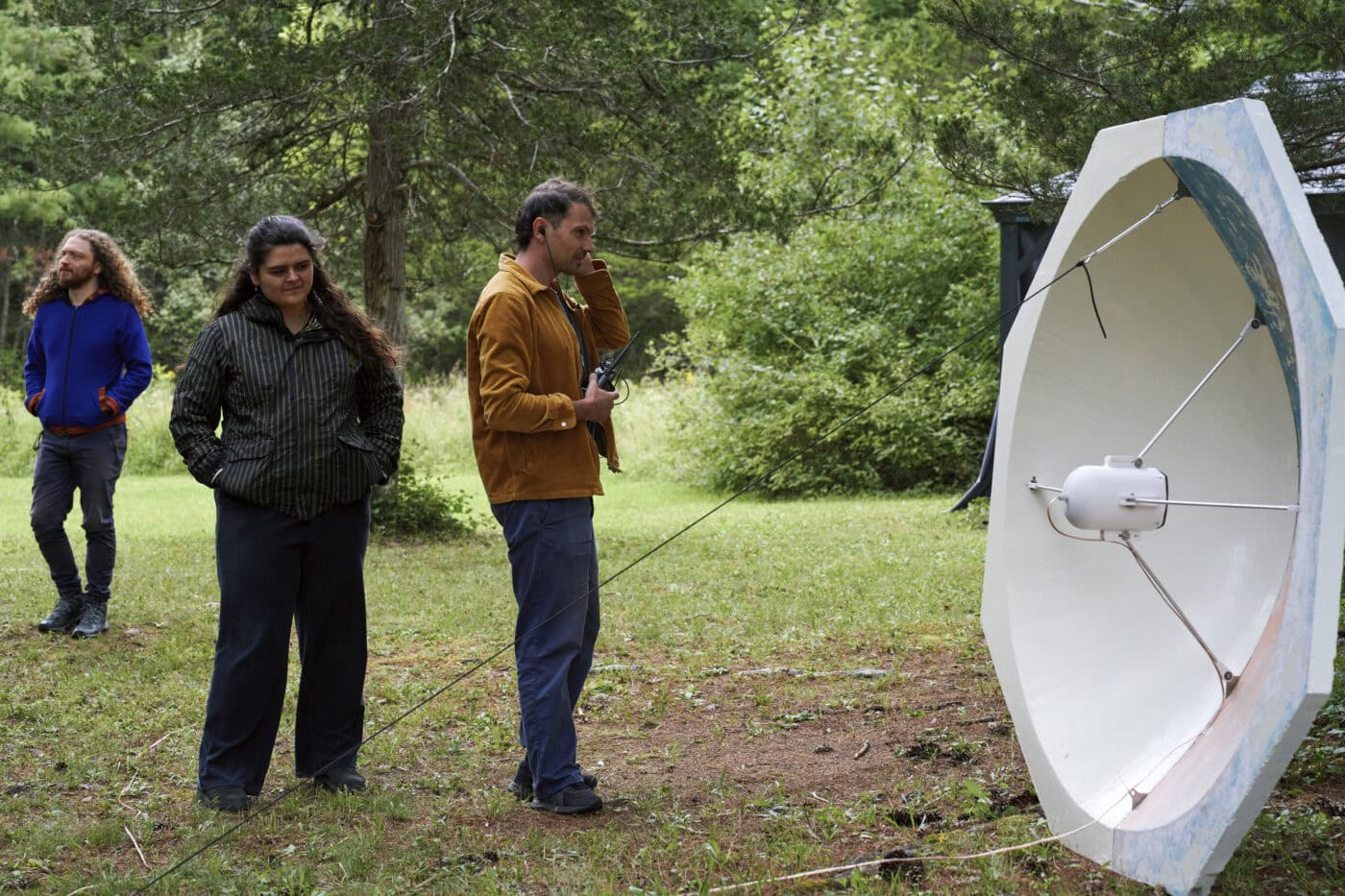
“When we talk about what Wave Farm does, it’s in [several] buckets: there’s transmission arts, the art park, residencies and fellowships, the archive, and then radio [WGXC 90.7 FM], which has a lot of different tentacles coming out of it,” Galen Joseph-Hunter, Wave Farm’s executive director, says.
The work Wave Farm hosts at its community radio station in Catskill has been enriching for that town. But the real draw are several art installations around the art park broadcasting all manner of sounds to the airwaves and online.
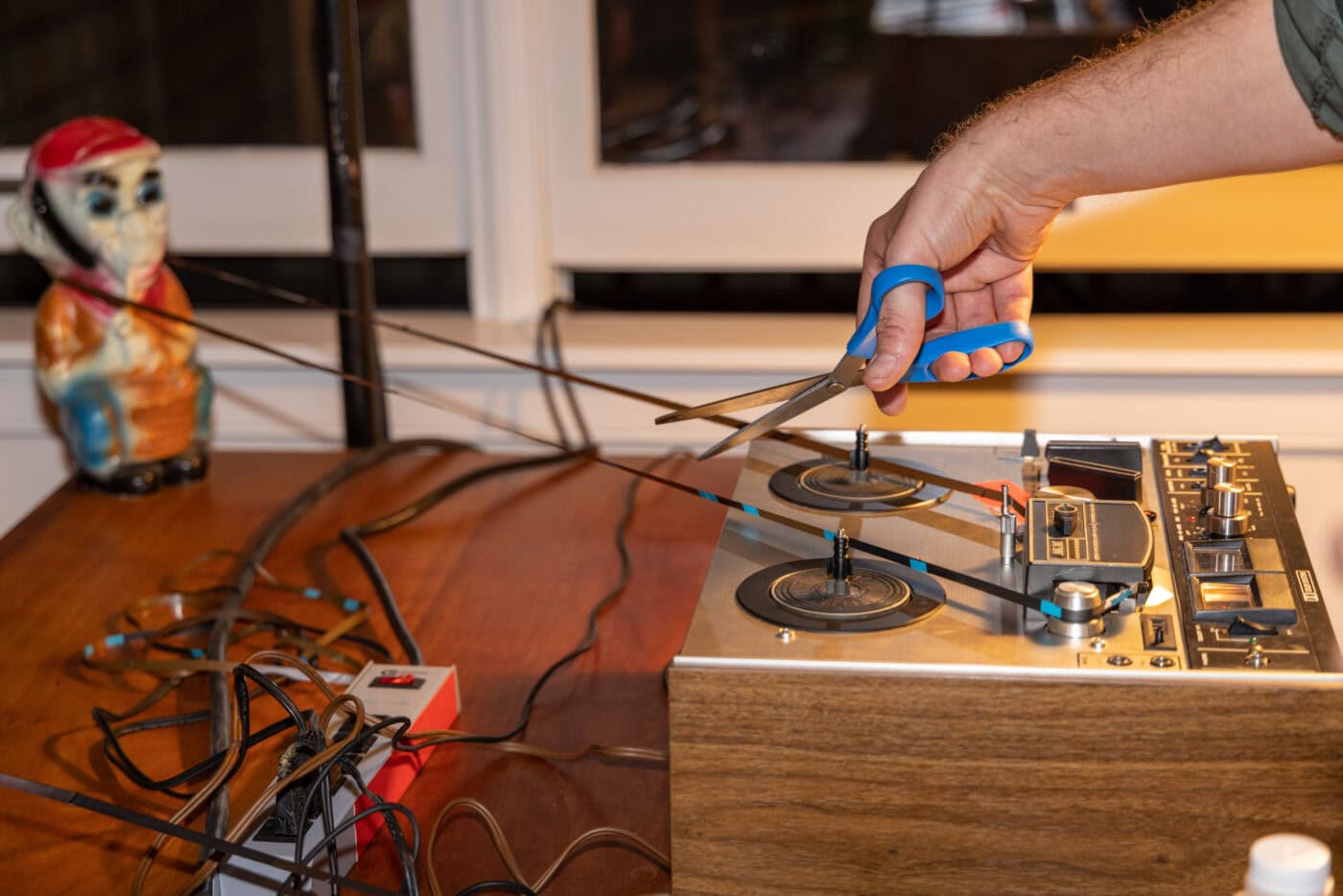
Pond Station, Solar Radio, Here GOES, and Weather Warlock are among them. These disparate structures don’t just act as simple inputs or souped-up mics, but as producers. They augment the sounds of the natural world — the flora and fauna, the storms and the sunshine, and more — to create constant streams of sonic art. In doing so, each project toes the line between music and multimedia art.
The Here GOES Radio Telescope, an artist-run ground satellite operation, appears to sit idly on the grass. It actually collects signals and real-time images captured by the GOES-16 satellite, a NOAA weather satellite 22,000 miles up in the sky. Along with the celestial images beamed down by the satellite for public viewing, the Here GOES project generates a haunting, deep space audio stream using the solar and magnetosphere data collected by GOES-16.
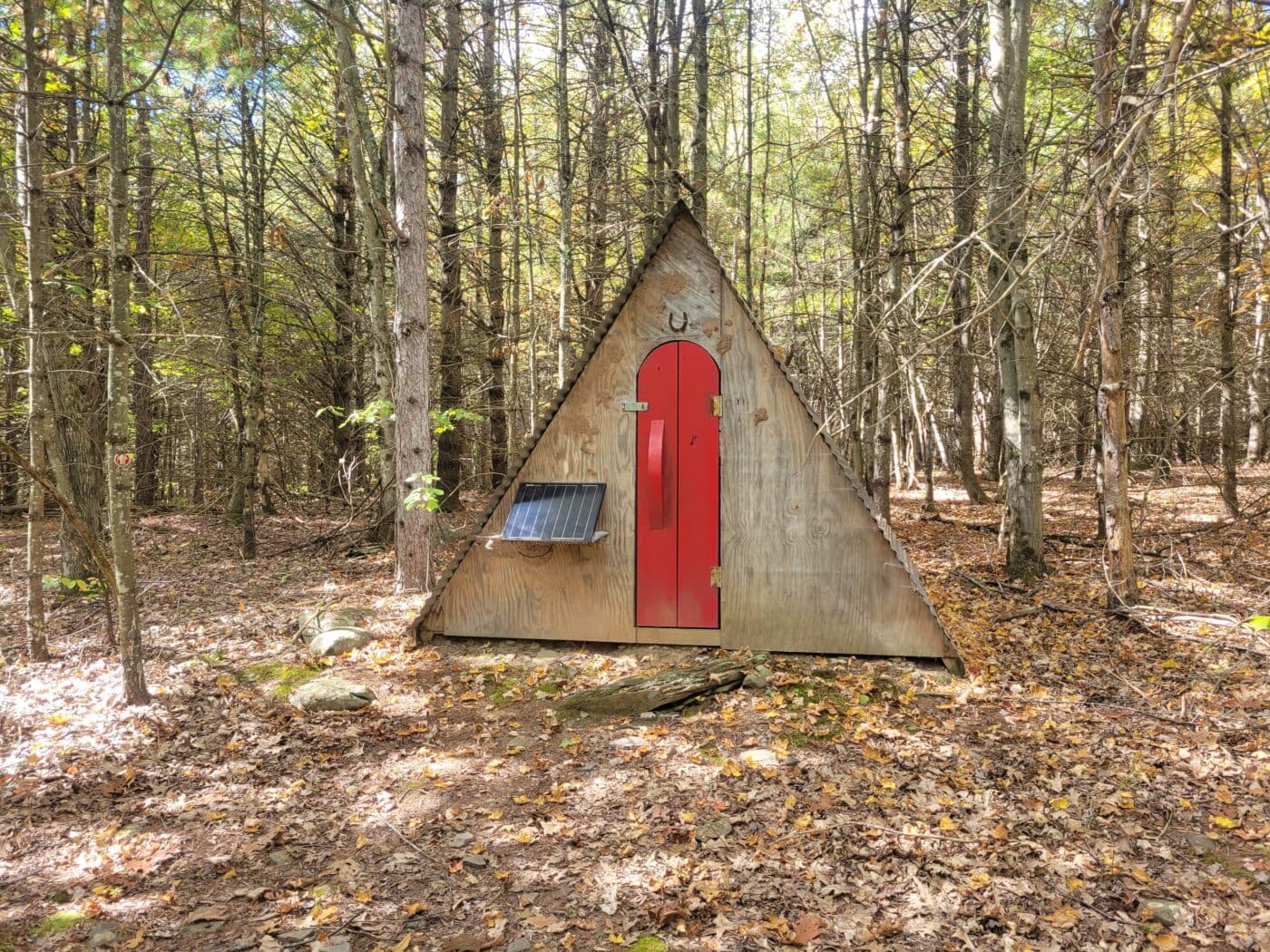
Weather Warlock takes on a similar concept but with the changing forecast. Traditional weather instruments gather data on the sunlight, wind, temperature, and more. They feed all that into analog synthesizers, creating a rhythmic drone that can shift at any time.
Solar Radio — a dandelion-like structure of solar panels and sensors — uses AI to create simple compositions that “wake up” with the sun and even transcend time. It pulls from a repository of past recordings, and will attempt to play ones from days past that match the same solar conditions currently happening in the present.
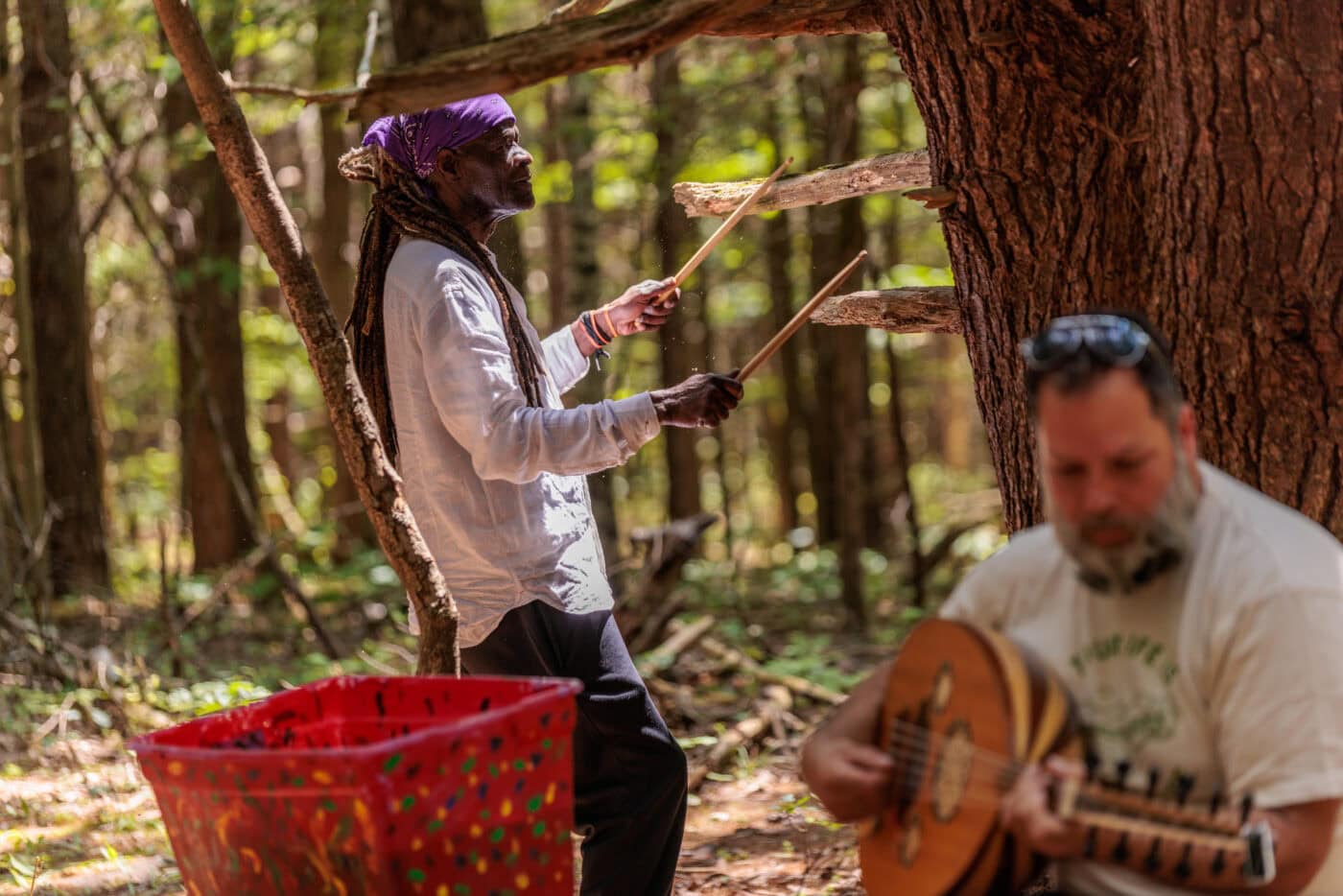
“[The artist] talks about the piece as if the AI is in another dimension or a future time,” Joseph-Hunter says. “And it’s trying to figure out what season it is based on how much solar energy is present.”
Walking, observing, and listening to all these projects is electric, both literally and figuratively. Beneath the acres of greenery lies a web of wires and tech maintained year-round; an underground trench supplies power to the facility and all the installations.
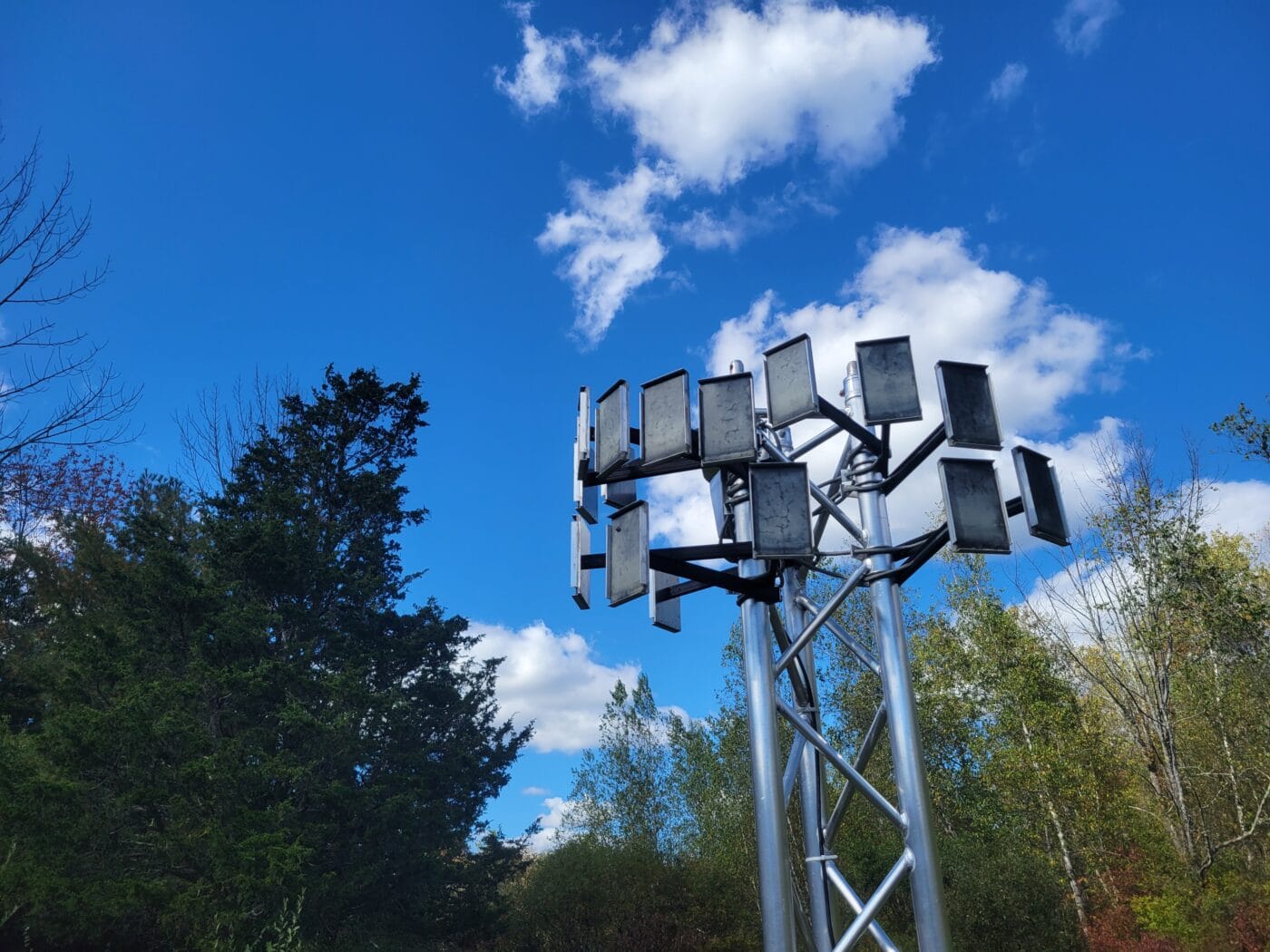
“It powers our wifi system, and it also has a Cat 6 run underground to the broadcast studio that we’ve used as an audio feed,” Joseph-Hunter explains. It’s useful for artists looking to perform there. Their wireless audio stream now surpasses the quality of their traditional radio broadcast.
Like dozens of artists-in-residence before them, Kadallah Burrowes, catalyst at the Black arts collective the Anansi Revolutionary Collective, took full advantage of the space in October by putting on a tele-performance under the name SUNJIR0 with another creator based out in Amsterdam. “We had to make sure that we can test and see, okay, how are we going to flow? Like, what are the transitions going to be and everything? And so there’s a bit more of a range here,” Burrowes says.
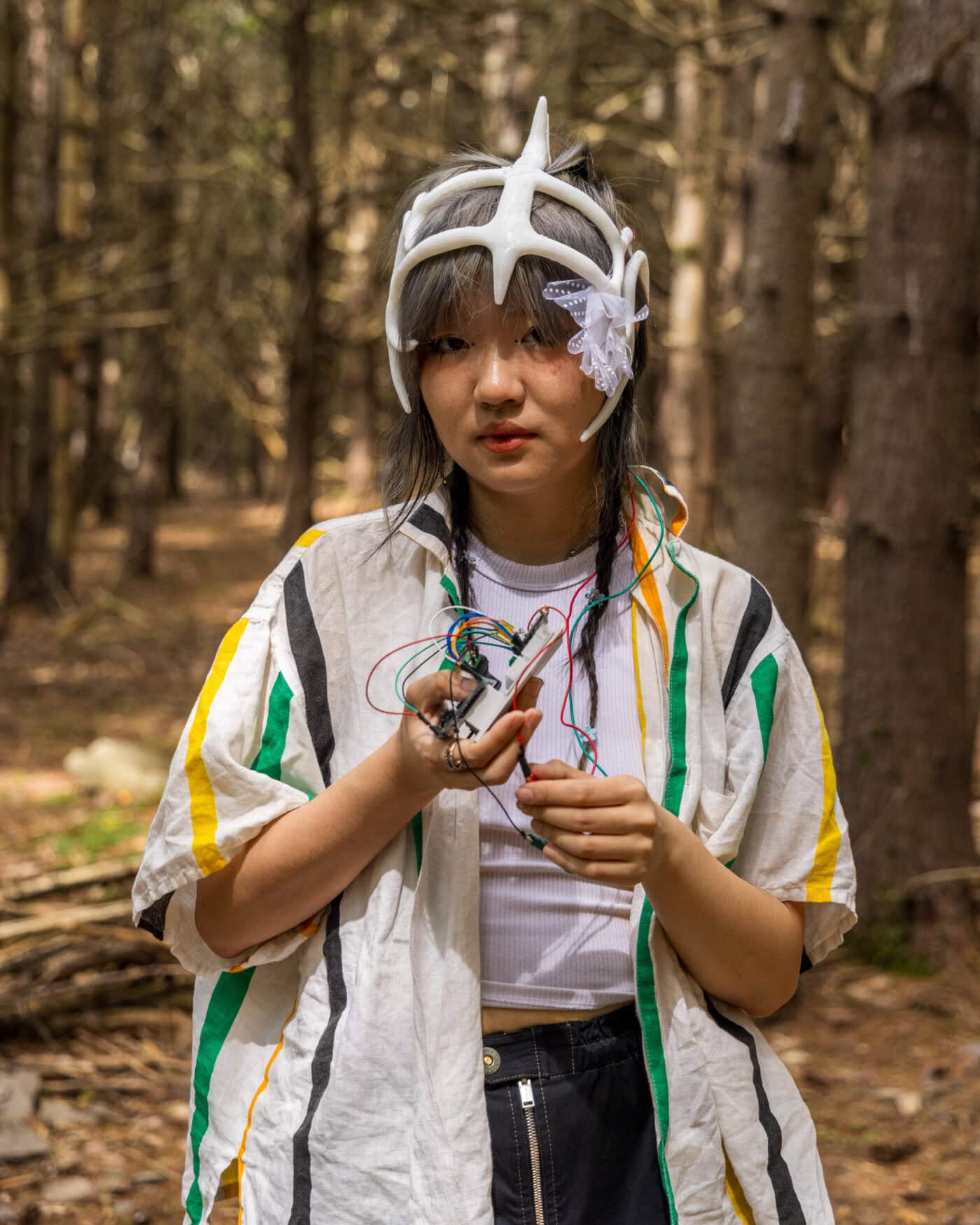
For the last two decades, Wave Farm has been helping the public forge a deeper connection with the natural world via sound and music. Each artist who works within its facility is a part of a whole community of creators who believe opening ears can open minds.
Unsurprisingly, its reputation has inspired others elsewhere in the Hudson Valley and New York State. David Rothenberg, a music and philosophy professor at the New Jersey Institute of Technology, was partly inspired to take on his own field recording project, “Secret Songs of Ponds,” when he sought out technical advice from Zach Poff, the artist behind Wave Farm’s Pond Station installation, which broadcasts the underwater sounds of a pond 24/7/365.
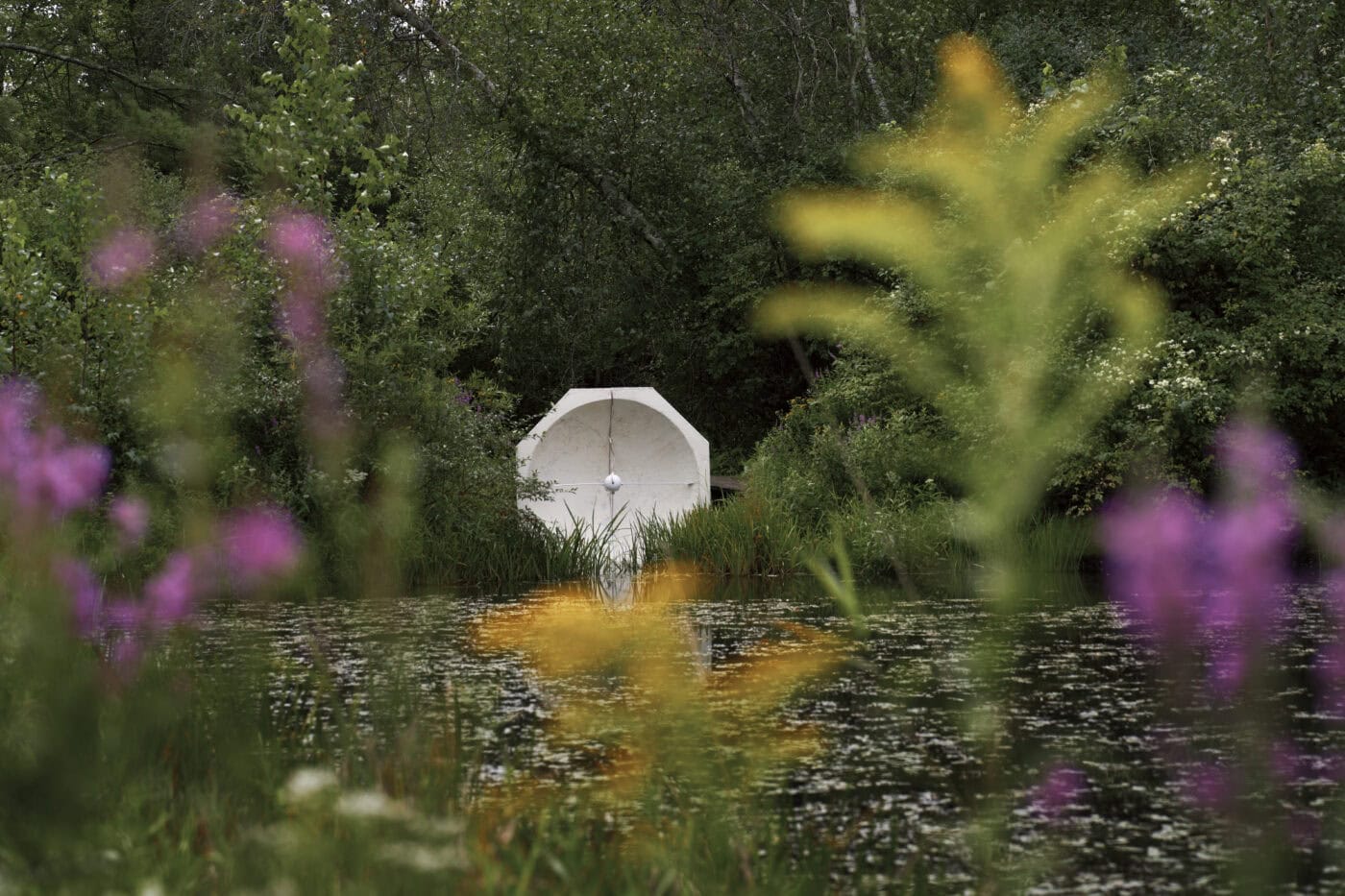
During the pandemic, Rothenberg began experimenting with hydrophones, or underwater mics, in a pond in Cold Spring. Those first exploratory recordings of various ponds and their ecosystems quickly morphed into an entire series — with the record, a book, and live performances and presentations around the world in Germany, Mexico, Estonia, and at the Princeton University pond where J. Robert Oppenheimer and Albert Einstein had their famous conversation in the film Oppenheimer.
“I think it just shows that there’s a growing interest in sound, in nature and art,” Rothenberg explained. “And it does overlap with the work of deep listening that Pauline Oliveros was famously promoting in our area and all over the world. Many people have followed that tradition and try to listen more to the world around us and respond in different ways, from making music out of the sounds in nature, turning music into rituals that connect to climate change, and all these kinds of things.”
If the public response to his work and Wave Farm is any sign, those connections are there, and longlasting. “People who come for the tours are effusive,” Joseph-Hunter says.
You can listen to Wave Farm’s streams through its website and on the Bloomberg Connects app on your smartphone.


